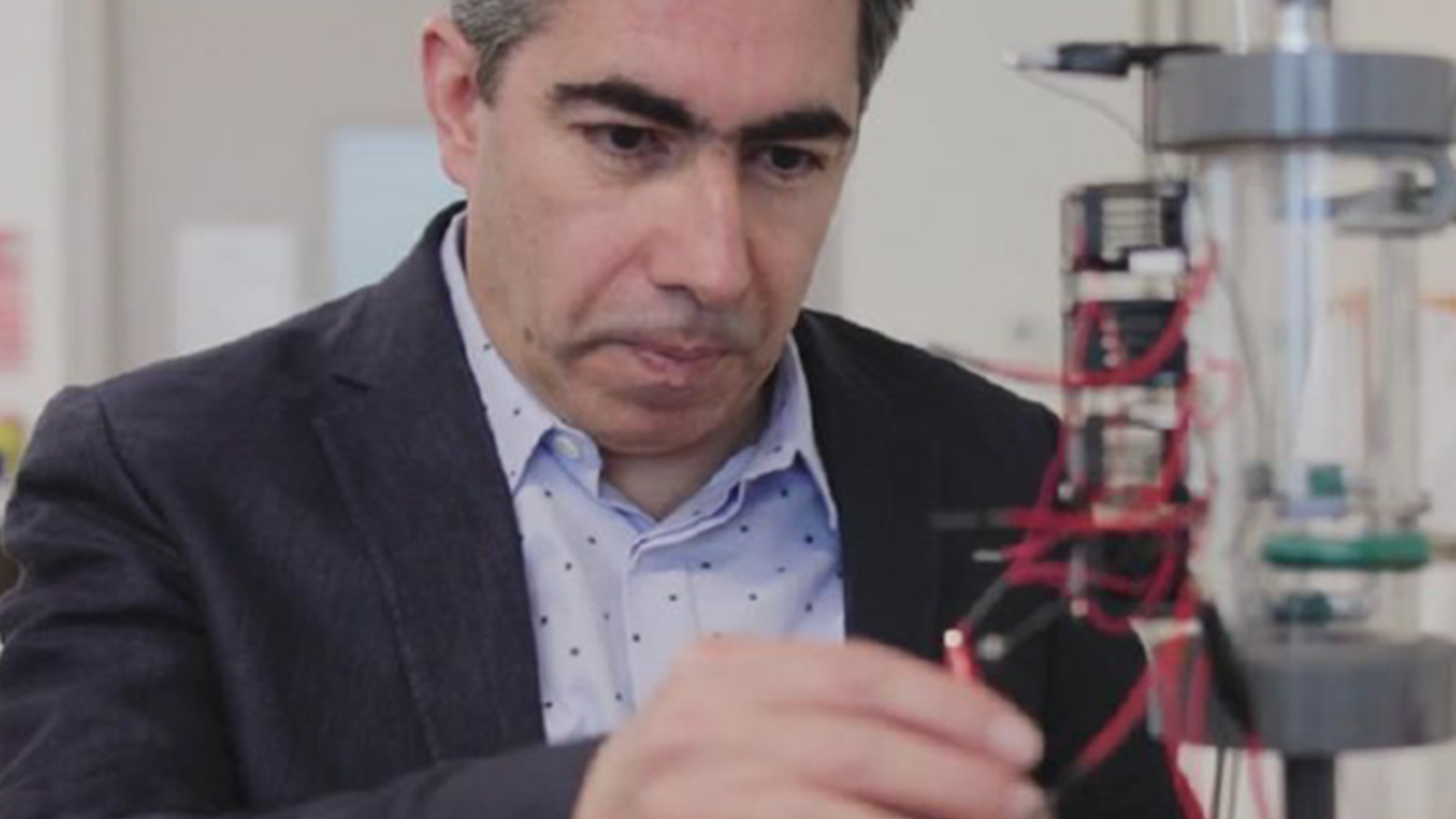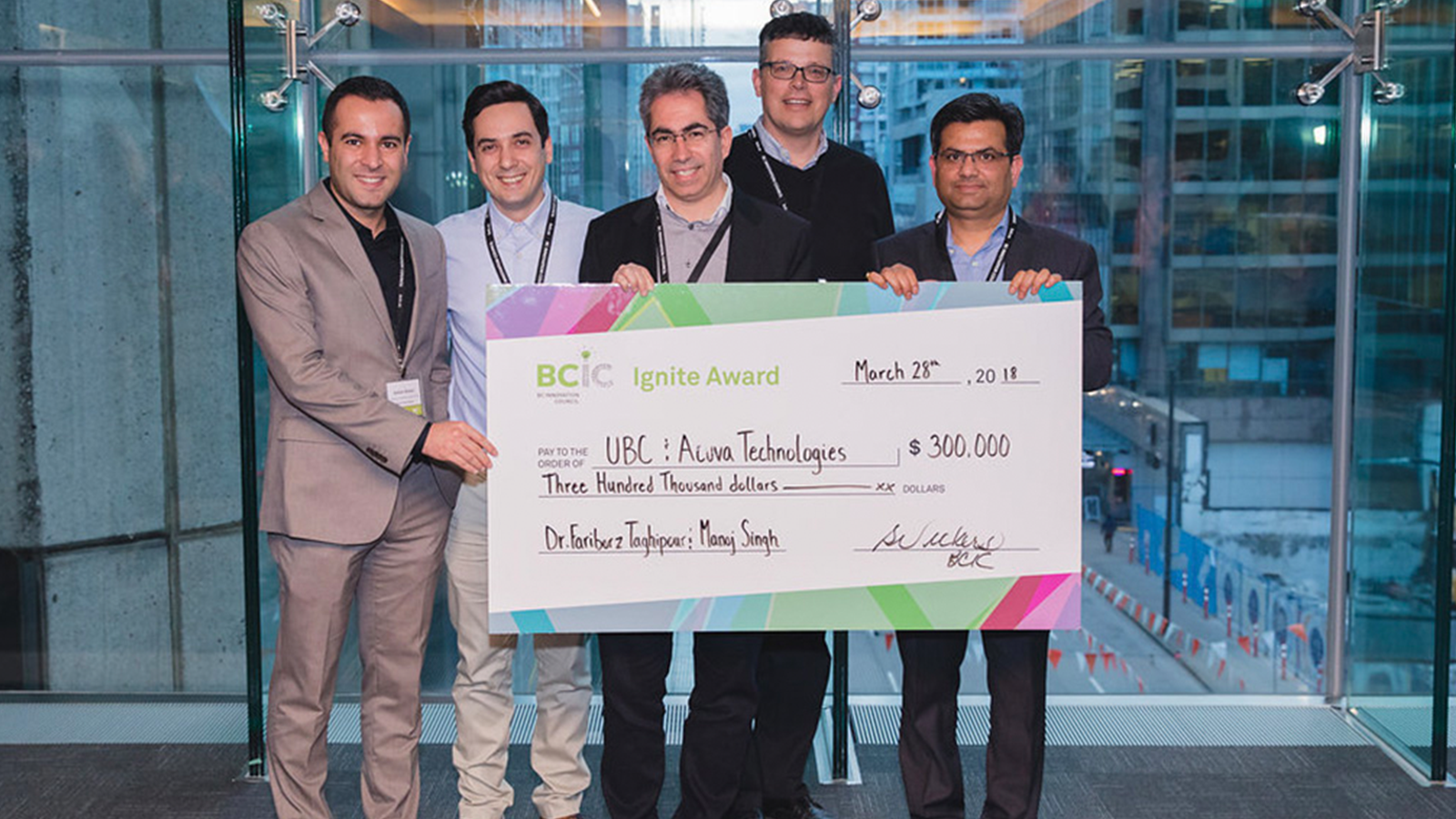GRT is regenerating resources with Snuneymuxw First Nation
Photo: Snuneymuxw Chief Michael Wyse with GRT CEO Peter Reid signing Impact Benefit Agreement, 2021.
In a world grappling with the challenges of climate change and dwindling resources, the concept of resource regeneration offers a promising pathway towards a sustainable future. Rather than depleting our finite resources, regeneration focuses on replenishing and restoring them. It embodies the principles of sustainability, resilience, and long-term thinking.
Nanaimo’s GRT is developing a new way to remediate contaminated soils, using soil washing technologies and advanced water treatment. Last year, they received BC Fast Pilot funding for their project which is validating soil washing of coal-laden soil and ensuring that the by-product is pure enough to be re-used as an ignition source.
They work with their Indigenous partner, Snuneymuxw First Nation, to understand and mitigate the impacts of their operations, while building effective, long-term and mutually beneficial relationships. This National Indigenous People’s Day we sat down with GRT’s CEO Peter Reid to learn about this partnership and more.
Tell us about GRT. What do you do and why do you do it?
Peter: GRT is a Resource Regeneration company that gives a second life to waste soils from excavation projects that used to go to the landfill. Our facility cleans and sorts this material to produce sand, gravel, and other aggregates for beneficial reuse in construction and climate adaptation infrastructure projects.
We got into this business because we had a really hard time with the old “dig and dispose” paradigm of throwing soil away, while at the same time continuing to expand quarries to produce more rock and sand. We realised both of those problems could—and should—be solved at the same time through a more circular approach.
The amount of excess soils and aggregates, along with the emissions in transporting these materials, is staggering. GRT has generated over 130,000 tonnes of aggregate from waste on Vancouver Island over the last two years while developing our processes. Our next market, the lower mainland of BC uses 35 million tonnes of aggregate each year and 15 million tonnes of excess soil each year. Imagine removing even 10% of that from trucks moving excess soil and aggregate 35 tonnes at a time!
Could you tell us about your partnership with the Snuneymuxw First Nation?
Peter: Our Resource Regeneration facility is located on the Slhthemun Village site (Duke Point) within Snuneymuxw First Nation traditional territory.
Since the early days of our engagement, the Snuneymuxw have been gracious, knowledgeable and patient partners as we learned about the history and significance of the land we operate our business on. As far as impact goes, we have been told that GRT’s waste-to-resource philosophy is in alignment with the way the Snuneymuxw have approached resource management for centuries. Speaking for myself, I think this natural alignment has been the largest contributor to our collective success. Instead of using the soil and throwing it out, we clean the soil and get it ready to reuse it again.
Our plant has also been used to help archaeologists and indigenous communities recover artifacts from sensitive excavation areas. This has been very successful. We also consider our employees to be partners in our success, many of whom come from the local Nations.
Recently I had the privilege of giving a joint presentation with SFN Lead Negotiator Erralyn Joseph on our partnership and shared success. We intend to continue our relationship with SFN well into the future.
Last year GRT received a BC Fast Pilot grant from Innovate BC and NRC IRAP. How did the funding help your company?
Peter: The funding specifically helped our company develop a process to remove coal from excess soils. Nanaimo has a deep history with coal mining and many of the current development projects are encountering coal laden soils. By separating out the coal, both the coal and the aggregate can be reused, reducing the overall cost of development. There is no way we could have invested the capital and time required to do this without Innovate BC.
What’s next for GRT? Are there any updates on the horizon?
Peter: We have some upgrades planned for our Nanaimo facility that will enable us to solve a few problems we’ve been working on for the past couple of years, and to expand our capacity as well. One of our biggest challenges has been figuring out a way to turn our silty clay into a low-permeability product that would be suitable for dike cores or other flood mitigation infrastructure. We are testing some technology used in canola oil production that we think has potential.
We are also hoping to expand our operations into the lower mainland by opening a second facility. Hopefully we will have more to announce on that very soon.
Want to learn more about the funding Innovate BC offers? Become an Innovate BC Insider to stay in the loop.
More About Us
You May Also Like
These Related Stories
-1.png)
Nanaimo's Input Logic and Cowork are bringing life to the local tech scene

2018 Ignite Award recipient Acuva Technologies: Where are they now?


